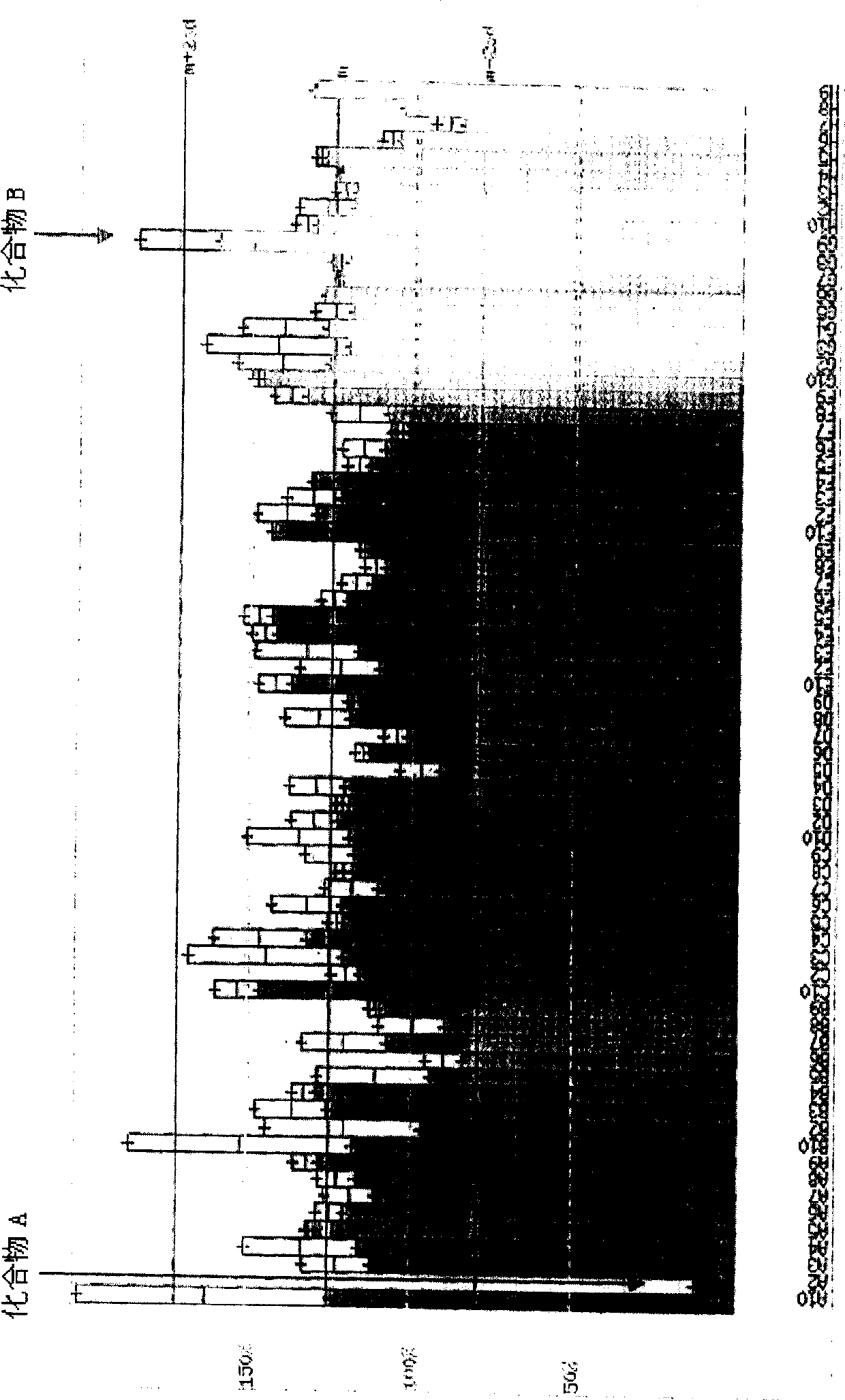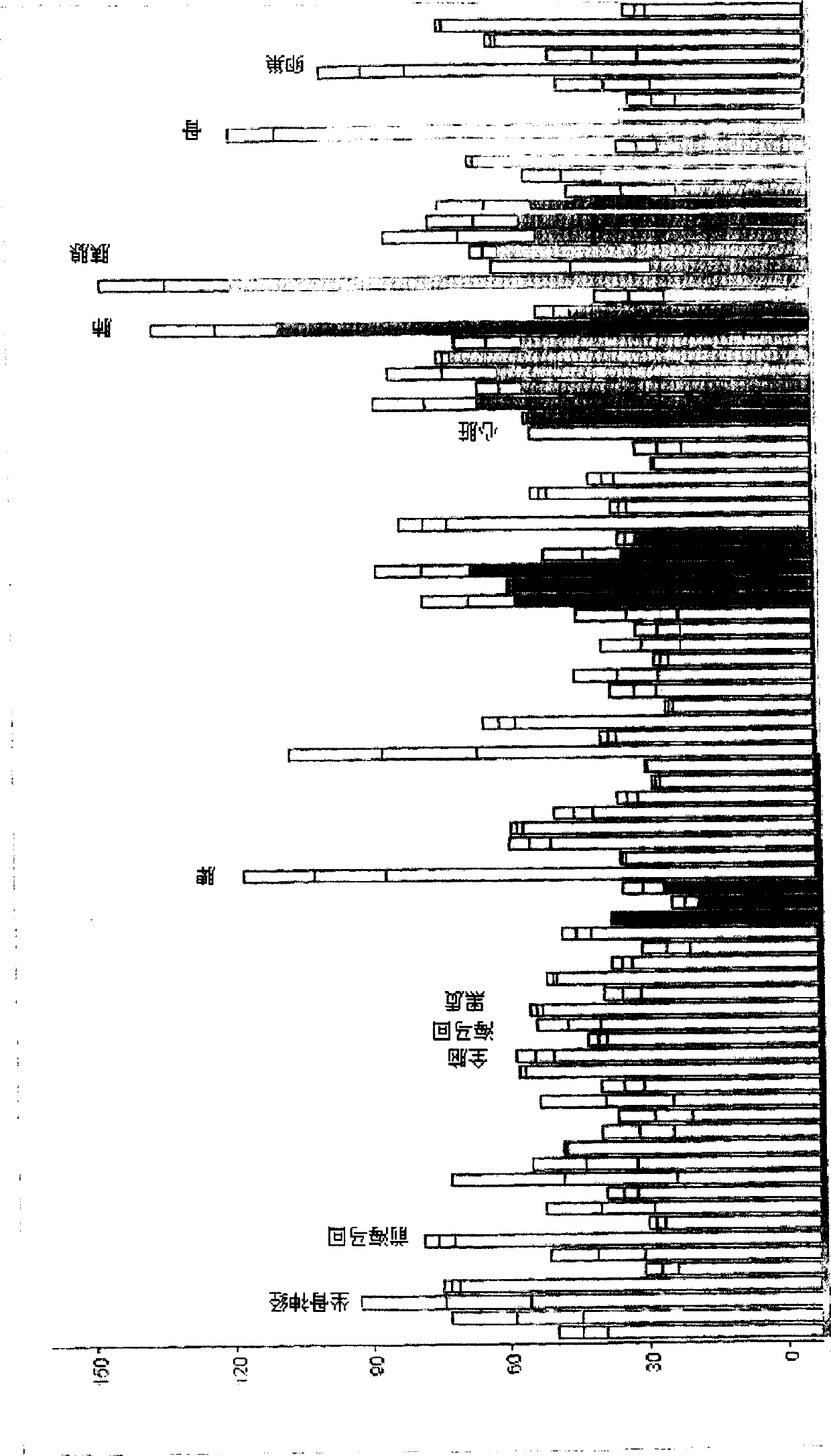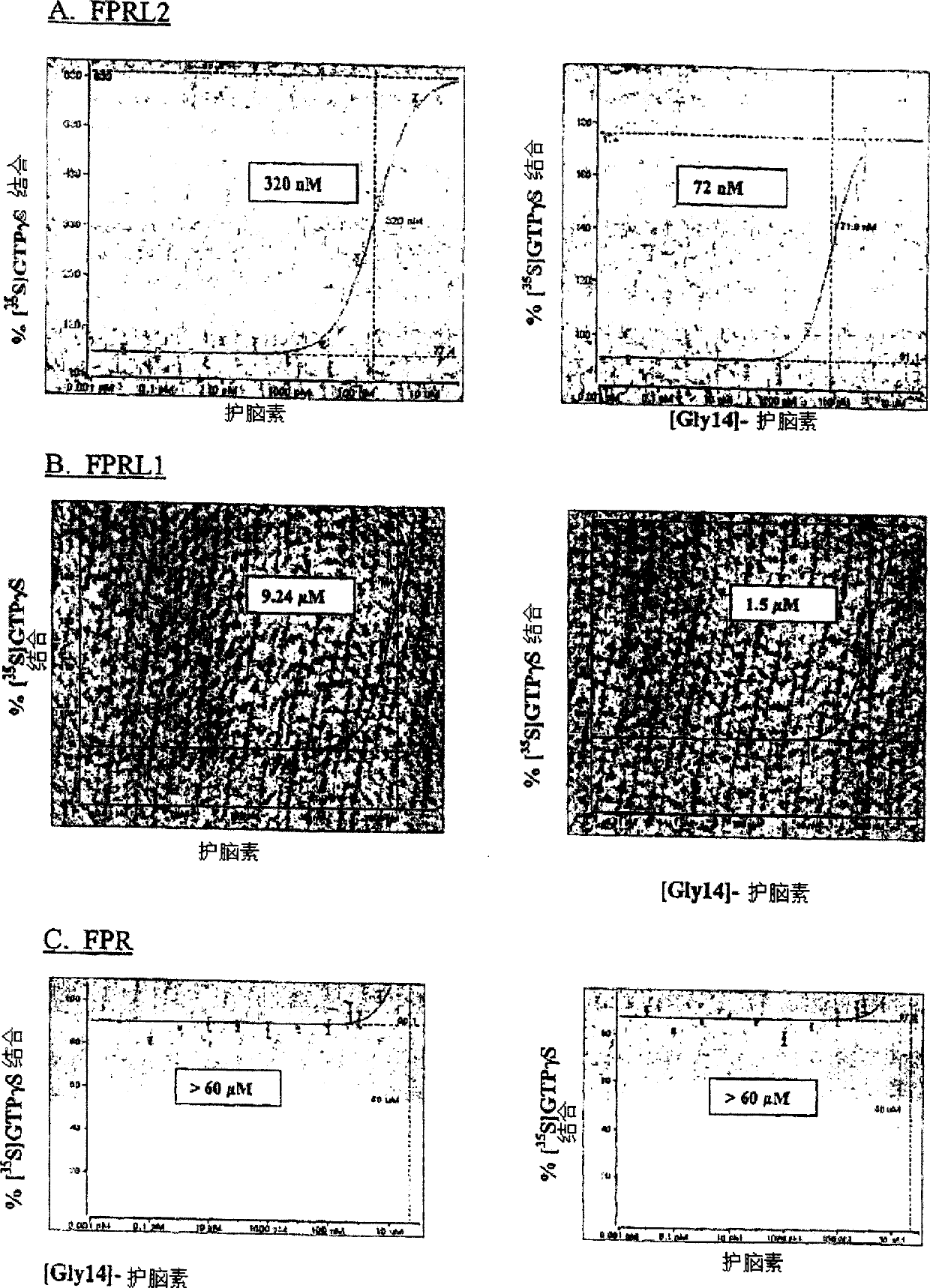Modulators of the G protein-coupled formyl peptide receptor-like 2 and their therapeutic use against cell death-related disorders
A technology for coupling receptors and regulators, applied in the field of human G protein-coupled receptors and its regulators for the treatment of cell death-related diseases, can solve the problem of under-discovery
- Summary
- Abstract
- Description
- Claims
- Application Information
AI Technical Summary
Problems solved by technology
Method used
Image
Examples
preparation example Construction
[1335] for radioactive levels 125 The synthetic method that I is incorporated in the target molecule comprises:
[1336] A. Sandmeyer and its analogues - This procedure converts an aryl or heteroaryl amine to a diazonium salt, such as tetrafluoroborate, and subsequently uses Na 125 I convert it to 125 I labeled compound. Zhu, D.-G. and co-workers report their representative procedure in J. Org. Chem. 2002, 67: 943-948.
[1337] B. Ortho-iodination of phenols ( 125 I) - This procedure allows incorporation of the ortho position of the phenol 125 I, as reported by Collier, T.L. and colleagues in J. Labeled Compd Radiopharm. 1999, 42, S264-S266.
[1338] C. Aryl and heteroaryl bromides with 125 I Exchange - This method is usually a two-step process. The first step is to use (for example) Pd to catalyze the reaction [i.e. Pd(Ph 3 P) 4 ] or via aryl or heteroaryl lithium, in a trialkyltin halide or hexaalkylditin [eg (CH 3 ) 3 SnSn(CH 3 ) 3 ] to convert aryl or heteroar...
example
[1343] The following examples are presented to illustrate the invention, not to limit it. While specific nucleic acid and amino acid sequences are disclosed herein, we believe that minor modifications of those sequences are within the ability of those skilled in the art to obtain results that are identical or substantially similar to those reported hereinafter. The mutagenesis method disclosed herein does not rely on this method, but is based on the algorithm and the positional distance apart from the conserved proline residues located in the TM6 domain of the human GPCR. Once this method is solid, it is believed within the ability of those skilled in the art to make minor modifications to achieve substantially the same results as those disclosed herein (ie, constitutive activation). We consider such modification methods to be within the scope of the present disclosure.
[1344] The following examples are offered for purposes of illustration and not in a limiting manner. Tho...
example 1
[1347] Full-length cloning of human GPCRs
[1348] a. Endogenous human FPRL2 (SEQ ID NO: 1 and SEQ ID NO: 2)
[1349] The polynucleotide sequence encoding full-length FPRL2 (Gene Sequence Database Accession No. L14061) was cloned as described herein. SEQ ID NO: 1 is the human FPRL2 polynucleotide coding sequence. SEQ ID NO: 2 is the encoded FPRL2 polypeptide. We believe that those skilled in the art have the ability to make minor modifications to the experimental protocols presented herein to similarly clone endogenous human FPRL1 (Gene Sequence Database Accession No. AF054013) polynucleotide and endogenous human FPR (gene Sequence Database Accession No. M60627) polynucleotide.
[1350] PCR was performed using genomic DNA as template and rTth polymerase (PerMn Elmer) with buffer system provided by the manufacturer, 0.25 mM of each primer and 0.2 mM of each 4 nucleotides. Cycling conditions were 30 cycles of 94°C for 1 minute, 64°C for 1 minute and 72°C for 1 minute and 20 ...
PUM
 Login to View More
Login to View More Abstract
Description
Claims
Application Information
 Login to View More
Login to View More - R&D
- Intellectual Property
- Life Sciences
- Materials
- Tech Scout
- Unparalleled Data Quality
- Higher Quality Content
- 60% Fewer Hallucinations
Browse by: Latest US Patents, China's latest patents, Technical Efficacy Thesaurus, Application Domain, Technology Topic, Popular Technical Reports.
© 2025 PatSnap. All rights reserved.Legal|Privacy policy|Modern Slavery Act Transparency Statement|Sitemap|About US| Contact US: help@patsnap.com



